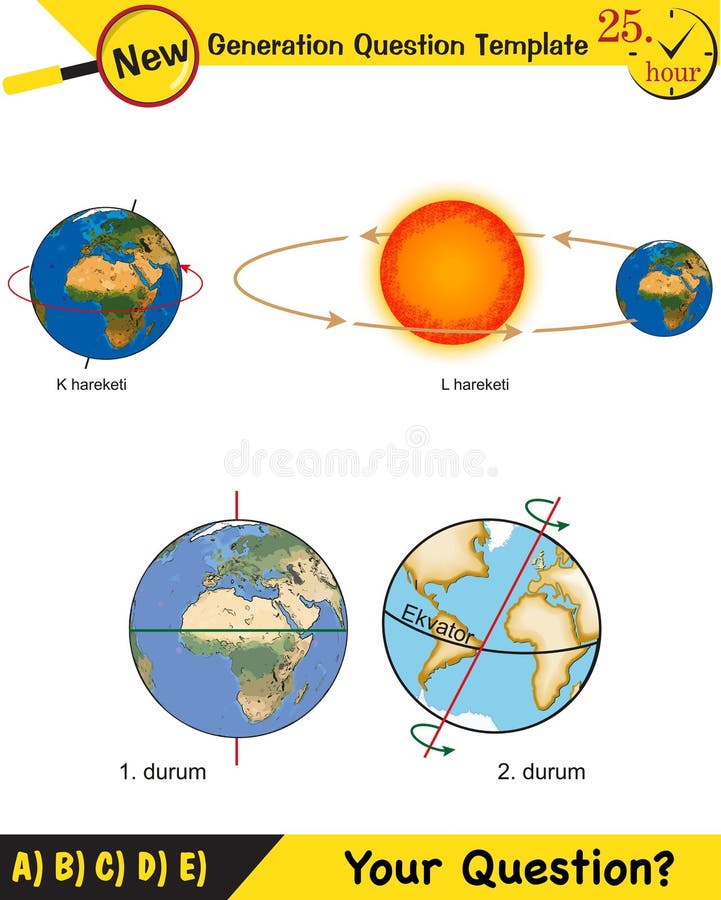As we gaze at the horizon, yearning for the warmth of the sun’s embrace, a question playfully flits across our minds: Does the sun set in the east or the west? This seemingly simple inquiry invites a deeper exploration into the intricate dance between the Earth and the celestial bodies that adorn our skies. In this examination, we will delve not only into the astronomical facts but also into the profound theological implications, enriching our understanding of God’s creation.
To tackle this question, we must first acknowledge the Earth’s rotational dynamics. The Earth spins on its axis, completing one full rotation approximately every twenty-four hours. This axial spin tilts at an angle of about 23.5 degrees, a factor that contributes not just to our day-night cycle but also to the changing seasons. As the Earth rotates from west to east, the sun appears to rise in the east and traverse across the sky before dipping below the horizon in the west. In this context, from our earthly perspective, the sun indeed sets in the west.
But, let us not stop here. The inquiry invites us to ponder further—what does this mean for our understanding of God’s universe? The biblical narrative often employs celestial imagery to describe divine sovereignty and the majesty of creation. In Genesis, the act of creation is depicted through the establishment of light and darkness, a theme that resonates with our daily experience of the sun’s course. Furthermore, the psalmist exclaims in Psalm 19:1, “The heavens declare the glory of God; the skies proclaim the work of his hands.” This sentiment urges us to perceive the movements of celestial bodies as reflections of divine artistry.
In contemplating the meaning of the sun’s path across the sky, one might consider the notion of directionality in a spiritual context. The east, often associated with new beginnings and spiritual awakening, serves as a metaphor for hope and renewal. Conversely, the west, where the sun sets, can symbolize the closing of a chapter, a time for reflection and introspection. This dual symbolism offers a rich tapestry for understanding our own journeys through life, illuminated by the metaphor of the sun’s movement.
Moreover, examining the cultural significances attached to these cardinal directions sheds light on how people historically sought to align their lives with the cosmos. Throughout various civilizations, the east has been deemed a sacred direction—the place from which the first light dawns. In Christianity, this symbolism is particularly resonant as it represents the resurrection of Jesus, who is often referred to as the “Light of the World.” Thus, the sun rising in the east not only marks the beginning of a new day but also serves as a reminder of hope and salvation.
Let us now shift our focus to the implications of the sun’s setting westward. In many religious traditions, the west signifies the end, a concept that can be both daunting and comforting. For Christians, the setting sun can serve as a reminder of mortality and the transient nature of our lives on Earth; it leads to contemplation of eternal truths found in scriptures. The closing of the day invites believers to pause and reflect on their actions and thoughts, seeking reconciliation and guidance through prayer.
It is essential to embrace the complexity of the universe because our exploration of such phenomena can deepen our spiritual understanding. The sun not only influences our physical world; it is also an emblem of the divine order. Its predictable pattern serves as a reminder of the faithfulness of God’s creation—a creation that operates by established laws, yet is imbued with mystery and grace.
However, one could pose an intriguing challenge: If the sun appears to set in the west, what happens to those living in different parts of the world where the sun has already set or yet to rise? This challenge thwarts a simplistic understanding of the sun’s movements by reminding us of the diverse perspectives that exist based on geographical location. It encourages us to recognize the unity in diversity—a core tenet of the Christian faith. The sun connects us all, regardless of our earthly positions, as it bestows light upon every corner of the globe.
As we wrestle with this interplay of celestial mechanics and theological reflection, we begin to see a profound connection between our lives and the vast cosmos. Every sunset and sunrise offers opportunities to marvel at the consistency of creation while also serving as reminders of our spiritual journey. Recognizing that the sun sets in the west, as perceived from our earthly vantage point, becomes a metaphor for life’s cycles and the promise of restoration through faith. In every end lies the potential for a new beginning, echoing the foundations of Christian doctrine.
In summation, while the sun sets in the west, this simple astronomical fact opens a window to profound theological contemplation. The narrative surrounding the sun’s movements can enhance our understanding of God’s divine order, inviting us to reflect on our spiritual journeys. Each day is a new chance to embrace the light, to cherish moments of renewal, and to face the inevitable sunsets with grace and hope. Through embracing both the scientific and spiritual dimensions of our existence, we recognize our place in the grand tapestry of creation, which is both a wonder and a testament to divine majesty.



